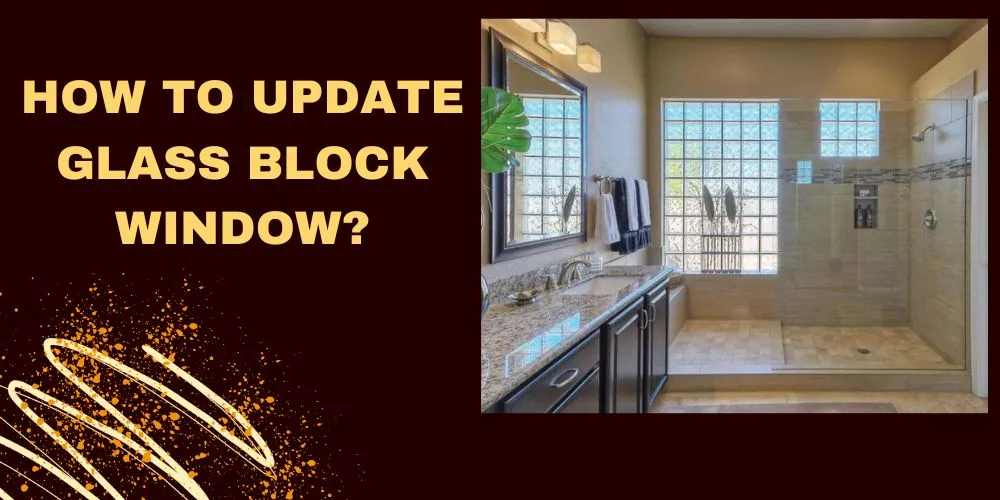Sealing your windows is an essential step in maintaining energy efficiency and preventing drafts and leaks. But when it comes to window repair and sealing, you may have heard the terms “window glazing” and “caulk” being used interchangeably.
In this comprehensive guide, we will delve into the debate of window glazing vs caulk, helping you understand which one is better suited for your windows.
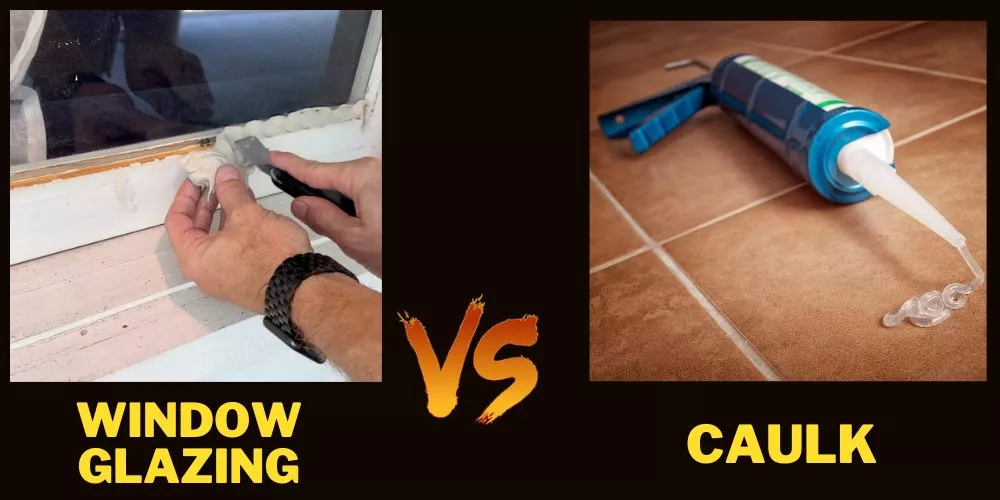
You must read the entire article to form a better understanding to take an informed decision.
What is Window Glazing?
Window glazing refers to the process of sealing glass panes with putty or sealant compound. Putty-like compounds are used to create an airtight and watertight seal between the glass and the frame.
There are two types of glazing compounds typically used: traditional glazing putty and modern glazing compounds. Traditional glazing putty is a mix of linseed oil and finely ground chalk, while modern glazing compounds are made with synthetic materials.
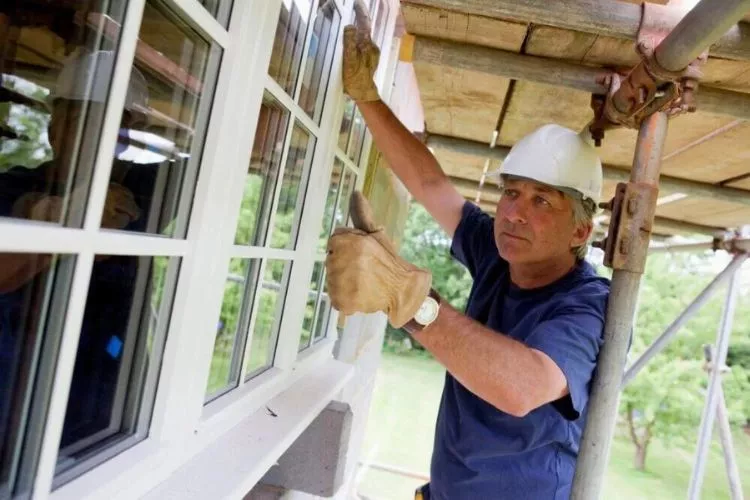
Pros and Cons of Window Glazing
Window glazing has several advantages. It provides a strong and long-lasting seal, making it a suitable option for historic or older windows.
It also offers excellent insulation, reducing energy loss and improving the overall energy efficiency of your home. Additionally, glazing is relatively easy to repair and maintain.
However, window glazing does have some drawbacks as well. It requires skill and experience to apply properly, and the process can be time-consuming. Glazing putty also needs time to dry and cure before painting, which can add to the overall project timeline.
What is Caulk?
Caulk, on the other hand, is a flexible material used to seal gaps, cracks, and joints in various surfaces, including windows.
It comes in different types, such as silicone, latex, and acrylic, each with its specific properties and applications. Caulk can be used on both the interior and exterior of windows to provide a tight seal.
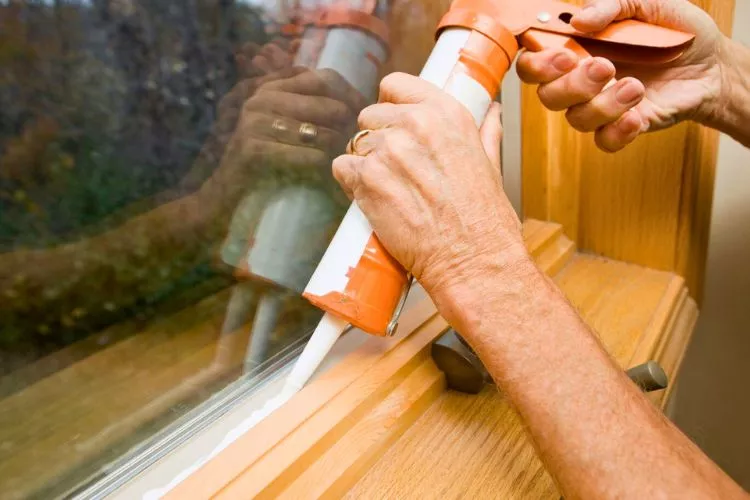
Pros and Cons of Caulk
Caulk offers several benefits when it comes to window sealing. It is easy to apply, adheres well to a variety of surfaces, and dries quickly.
Caulk is also available in different colors, making it easier to match the existing window frame or paint. It is also an excellent option for filling smaller cracks and gaps.
However, caulking does have some limitations. It may not be as durable as window glazing, especially when exposed to extreme weather conditions.
Over time, caulk can shrink or crack, requiring occasional repairs or re-application. It may also lack the aesthetics of window glazing, as it cannot be painted over easily.
Window Glazing vs Caulk: Key Differences Discussed!
To understand which option is better for your windows, it’s essential to consider the key differences between window glazing and caulk.
Materials and Formulas
Window glazing primarily consists of a putty-like compound made from linseed oil and chalk. This traditional formula offers a strong and durable seal, ideal for historic or older windows.
Modern glazing compounds utilize synthetic materials, offering faster drying times and improved flexibility. Caulk, on the other hand, comes in various formulas, including silicone, latex, and acrylic.
Each type has its advantages and is suitable for different applications. Silicone caulk, for example, is highly flexible and resistant to moisture, making it ideal for areas prone to water exposure.
Application Methods
The application methods for window glazing and caulking also differ. Window glazing usually involves removing the old, cracked glazing putty, preparing the glass surface, and applying the new putty.
The process requires patience, skill, and specialized tools. Caulk, however, is applied using a caulk gun or a squeeze tube.
The caulk is applied directly into the gap or crack, and excess is smoothed with a caulk smoothing tool or finger. Caulking is generally considered easier and quicker than window glazing, making it a popular choice for DIY enthusiasts.
Durability and Longevity
When it comes to durability and longevity, window glazing typically outperforms caulk. Traditional glazing putty can last for several decades with proper maintenance and care.
Modern glazing compounds offer improved durability compared to traditional putty, with some products having a lifespan of up to 10 years or more.
Caulk, on the other hand, may need periodic re-application depending on various factors such as exposure to weather conditions and the quality of the caulk used. Generally, caulk is expected to last for a few years before needing repair or replacement.
Appearance and Aesthetics
In terms of aesthetics, window glazing often provides a more traditional and authentic look, especially when dealing with older windows or historic buildings. Glazing putty can be painted over to match the existing window frame or paint, offering a seamless finish.
Caulk, on the other hand, may lack the aesthetics of glazing putty as it cannot be painted easily. However, caulk comes in different colors, allowing you to choose a shade that closely matches your window frame or paint.
How to Choose Between Window Glazing and Caulk?
Choosing between window glazing and caulk depends on various factors, such as the age and style of your windows, the level of insulation required, and personal preferences. Here are some considerations to help you make the right decision:
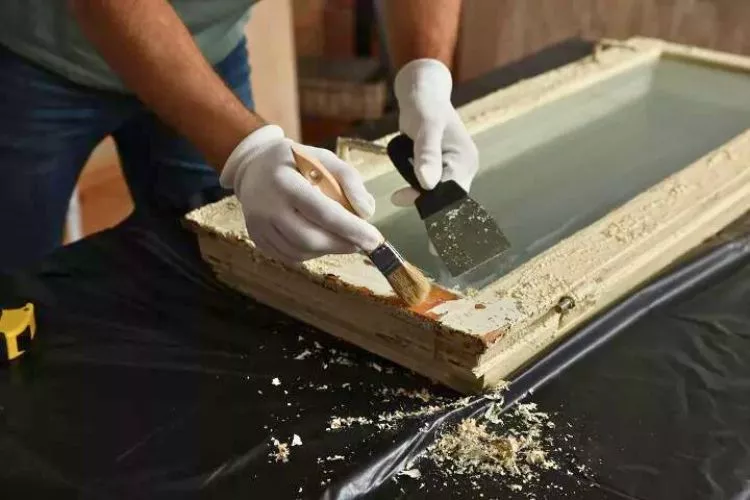
Age and condition of your windows
The age and condition of your windows play a crucial role in determining whether window glazing or caulk is the better choice. For historic or older windows, window glazing is often the preferred option as it provides a more traditional and authentic look.
Additionally, glazing putty is more durable and longer-lasting, making it suitable for older windows that require restoration or repair.
Level of insulation needed
Consider the level of insulation you require for your windows. Window glazing offers excellent insulation by creating an airtight and watertight seal between the glass and frame.
This can help prevent drafts, reduce energy loss, and improve overall energy efficiency. However, if you only need to seal small gaps or cracks and insulation is not a primary concern, caulk may be a quick and easy solution.
Desired aesthetics and style
Think about the aesthetics and style you want for your windows. Window glazing, especially when using traditional glazing putty, provides a more authentic and traditional appearance.
This can be important if you have historic or period-style homes that require a specific look. On the other hand, if aesthetics are not a priority or if you prefer a simpler solution, caulk may be a more suitable option.
Maintenance requirements
Consider the maintenance requirements of the chosen sealing method. Window glazing, once properly applied, requires minimal maintenance and can last for several years, especially with periodic inspections and touch-ups.
On the other hand, caulk may need more frequent maintenance and occasional repairs or re-application, depending on factors such as exposure to weather conditions and the quality of the caulk used.
Window restoration projects
Window glazing is often the go-to choice for window restoration projects, particularly those involving older or historic windows.
Restoring windows using glazing putty can help maintain the authenticity and charm of the original windows, while also ensuring a long-lasting and durable seal.
Repairing cracked or damaged glazing putty
If you have existing windows with cracked or damaged glazing putty, window glazing is the best option for repair. By removing the old putty, preparing the glass surface, and applying new glazing putty, you can restore the window’s integrity and ensure proper sealing.
Sealing small gaps or cracks around windows
For small gaps or cracks around windows, caulk is a convenient and easy-to-use option. It can fill in the gaps, providing a tight seal and preventing drafts, water leaks, and potential energy loss. Caulk is particularly useful for smaller areas where window glazing may not be necessary or practical.
Improving energy efficiency
If your primary goal is to improve energy efficiency, both window glazing and caulk can be effective solutions. Window glazing offers excellent insulation properties, reducing energy loss and improving overall efficiency.
Likewise, caulk can help seal gaps and cracks, preventing drafts and minimizing energy waste. Choose the method that best suits your specific requirements and the condition of your windows.
By carefully considering these factors and exploring the common scenarios and use cases, you can make an informed decision on whether window glazing or caulk is the better option for your windows.
When to Use Window Glazing?
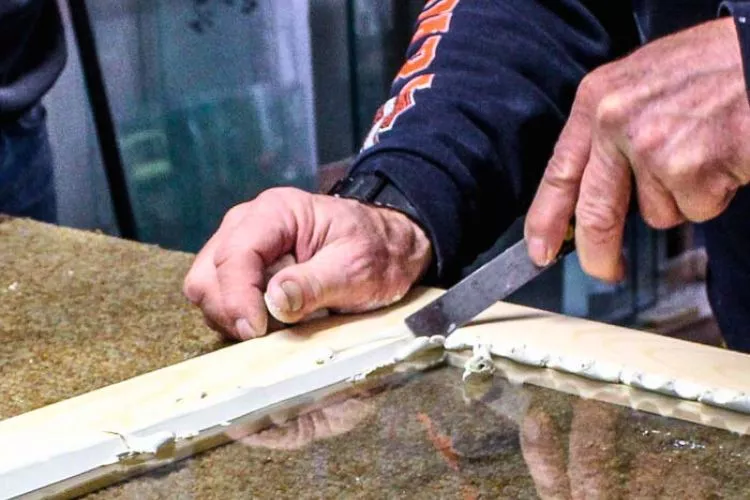
Historic or older windows
Window glazing is particularly suitable for historic or older windows. It provides a traditional and authentic look and feel, which is essential for maintaining the architectural integrity of period homes or buildings.
Glazing putty, especially the traditional formulation, can closely match the original glazing and is often the preferred method for restoring the windows’ appearance.
Traditional or period-style homes
If you have a traditional or period-style home, window glazing can complement the overall aesthetic. The authentic look of glazing putty can help preserve the original character of the windows and the home itself. Choosing window glazing is a way to stay true to the style and maintain the historical value of the property.
Seeking an authentic look and feel
For those who appreciate the charm and authenticity of old windows, window glazing is an ideal choice. The traditional putty formula and the process of glazing can offer a genuine appearance while ensuring a durable and long-lasting seal.
If maintaining the original look of your windows is a priority, window glazing is the way to go.
Longevity and durability are priorities
If you prioritize durability and expect your window sealing to reliably last for years, window glazing is the superior option. Traditional glazing putty, in particular, requires minimal maintenance and is known for its longevity.
It can withstand weathering, temperature fluctuations, and other environmental factors, making it a reliable and durable choice for long-term sealing.
When to Use Caulk?

Modern windows with synthetic materials
Modern windows often employ synthetic materials like vinyl or fiberglass. For these types of windows, caulk is usually recommended. Caulk is compatible with synthetic materials and can provide an effective seal around the window frames, preventing drafts, water infiltration, and energy loss.
Windows with small gaps or cracks
When dealing with smaller gaps or cracks around windows, caulk is a practical choice. It is easy to apply and can effectively fill and seal such openings. Caulk acts as a barrier, preventing air leakage, reducing noise penetration, and improving the overall energy efficiency of the window.
Quick and easy repairs or installations
Caulk offers a convenient option for quick repairs or installations. It can be applied easily using a caulk gun or squeeze tube, making it a popular choice for DIY enthusiasts. Caulk dries quickly and can be ready for use within a short period, reducing project timelines and allowing for immediate results.
Flexibility and moisture resistance required
Caulk, especially silicone-based caulk, offers excellent flexibility and moisture resistance. It can withstand temperature variations, moisture exposure, and other environmental factors without cracking or shrinking.
If your windows are exposed to high humidity or water-prone areas, using caulk can provide effective moisture protection.
By considering these factors and evaluating the specific characteristics of your windows and project requirements, you can determine whether window glazing or caulk is the more suitable option.
Each choice caters to different circumstances, ensuring that you achieve the desired sealing results for your windows.
Tips and Tricks for Sealing Your Windows
To ensure the best results when sealing your windows, here are some tips and tricks:
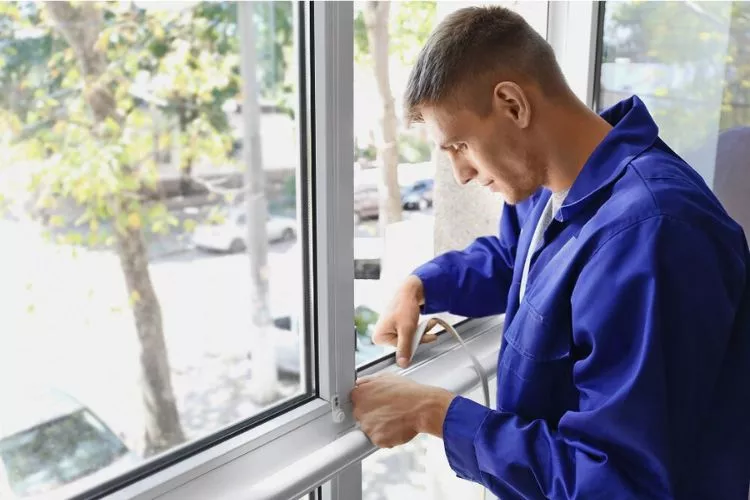
Best Practices for Using Window Glazing
- Ensure the window surface is clean and free of dirt or old putty.
- Use a glazing push point tool to secure the glass in place.
- Apply the glazing compound smoothly and evenly.
- Allow sufficient drying and curing time before painting.
Best Practices for Using Caulk
- Clean the area thoroughly and remove any old caulk.
- Use a caulk gun or squeeze tube for precise application.
- Smooth the caulk with a caulk smoothing tool or finger.
- Consider using painter’s tape to achieve clean, straight lines.
Tools and Materials You Need
- Glazing putty or modern glazing compound
- Putty knife or glazing knife
- Glazing push points or glazier’s points
- Caulk gun or squeeze tube
- Caulk smoothing tool or finger
Common Mistakes to Avoid
- Applying too much or too little glazing putty or caulk
- Rushing the drying or curing process
- Failing to clean the window surface properly before application
- Using the wrong type of caulk for the intended purpose
Conclusion:
Understanding the differences between window glazing and caulk is essential for making an informed decision when it comes to sealing your windows.
Both options have their advantages and considerations. Whether you choose window glazing for its durability and traditional aesthetics or caulk for its easy application and flexibility, knowing the pros and cons of each will help you achieve a successful window sealing project.
Remember to consider the specific needs of your windows, prioritize insulation, and assess the overall maintenance requirements. With the right choice and proper application, you can seal your windows effectively, improving energy efficiency and maintaining a comfortable living environment.
If you have any further questions or need additional guidance, feel free to consult with a professional window contractor or repair specialist.

